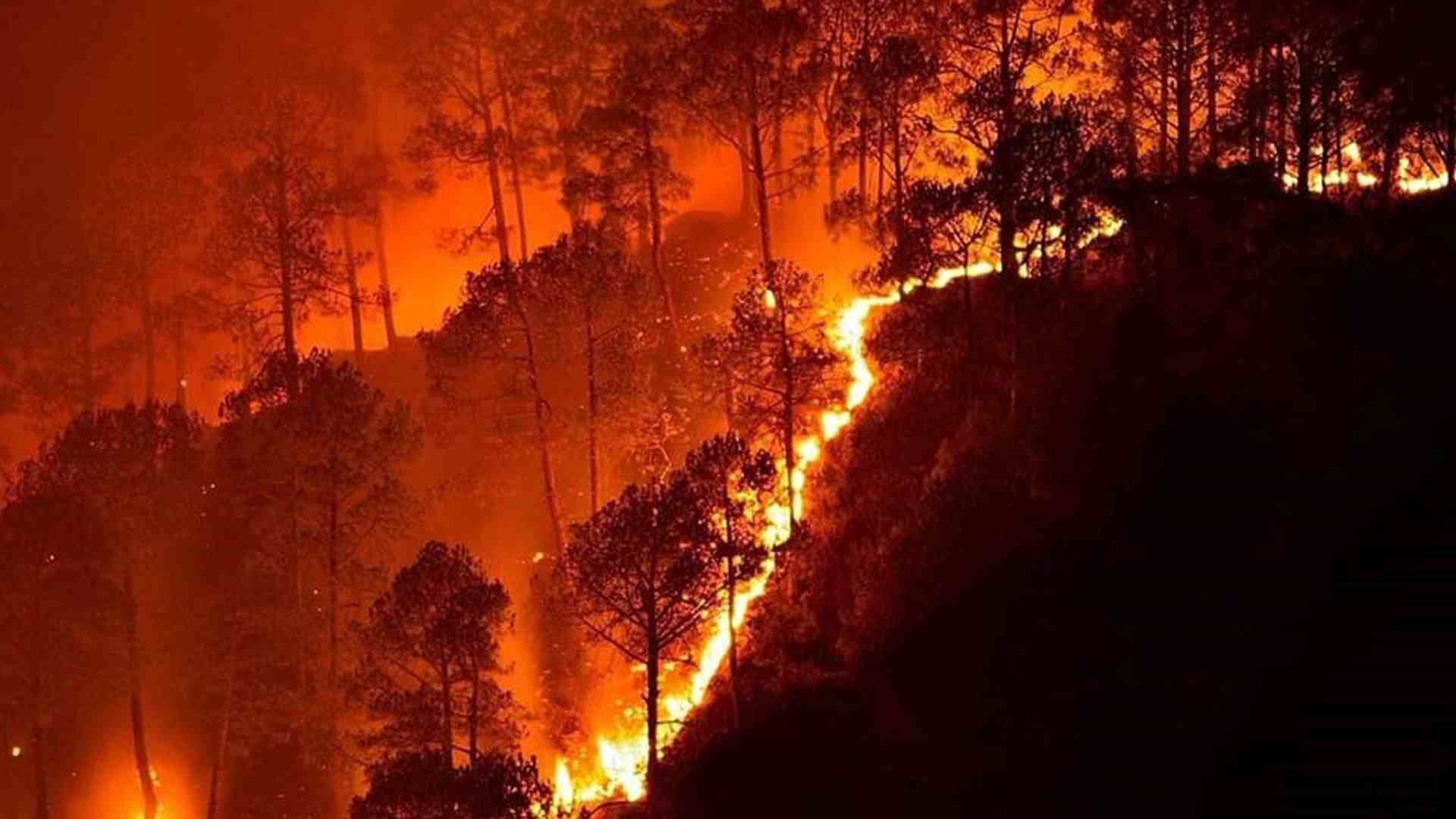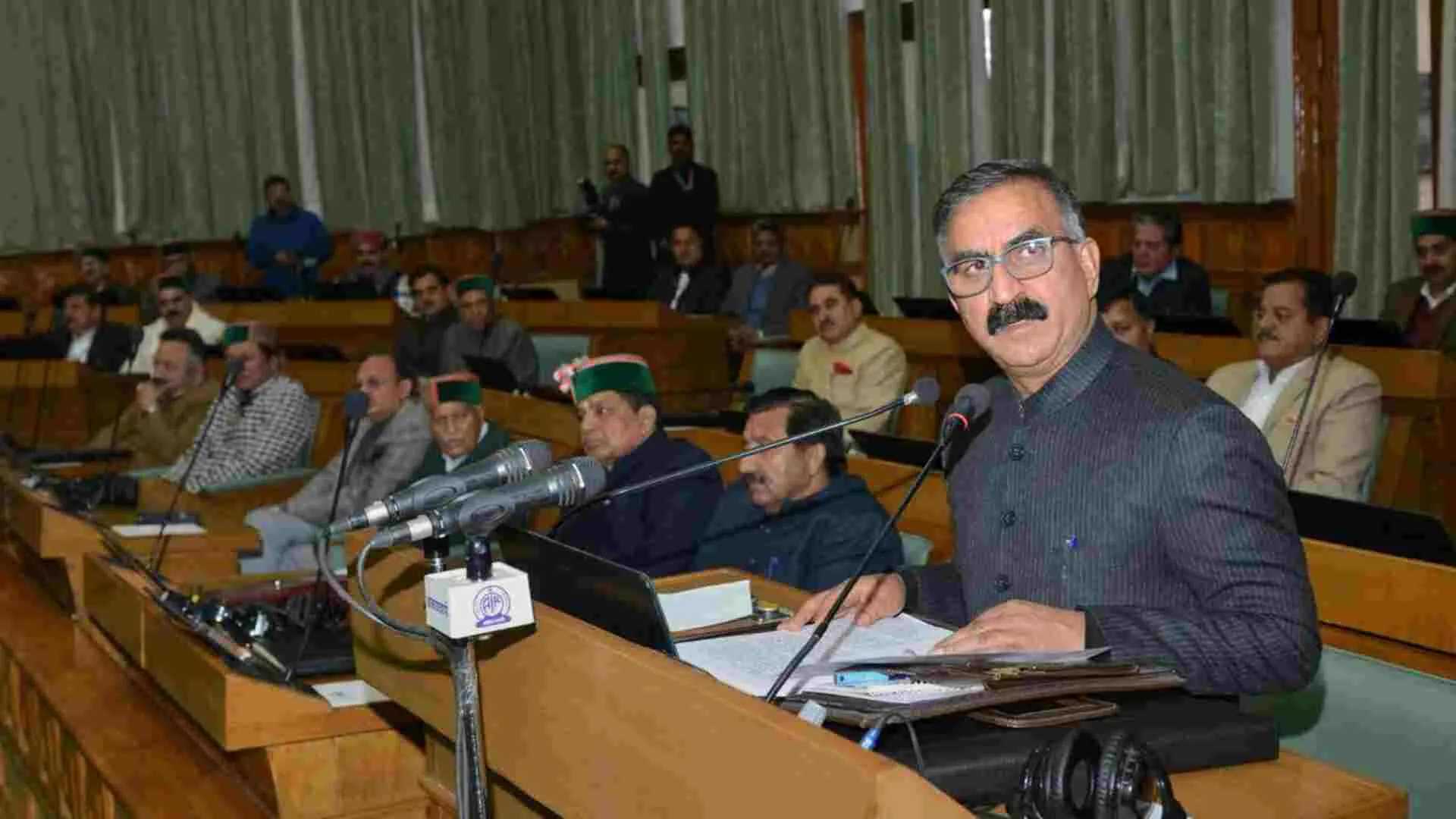Uttarakhand continues to grapple with relentless forest fires. Especially in the region of Kumaon. Not only that, but the state is also dealing with the problem of low rainfall and soaring temperatures in April.
As per the regional meteorological center, the hill state is experiencing driest April in 5 years, which to some extent is responsible for the fire.
In the recent years, Uttarakhand has experienced 85% rail deficit. Out of thirteen districts, 9 has received only 10 percent of the usual April precipitation. Thus, getting the rainfall of only 5.5mm in comparison to 37.7 mm of rain.
In comparison to Garhwal district, Kumaon district is particularly vulnerable. As unlike Garhwal, Kumaon is getting scant pre-monsoon rain. With all six of the districts, witnessing more than 90 percent of the rain deficit.
As per the scientist of regional meteorological Centre, the state has witnessed lesser rainfall this April compared to previous year which enjoyed pre-monsoon surplus. “In contrast to last year’s surplus, this April has been exceptionally dry.” said Rohit Thapliyal, scientist at the regional meteorological centre while drawing parallel over the variability in pre-monsoon rainfall.
Citing the reason for the recent forest fire, the Indian institute of remote sensing (IIRS) of ISRO has noted that forest fires in the Himalayan region have intensified over the years, a trend exacerbated by climate change. Which was further aggravated by reduced rainfall and higher temperatures in March.
Thus, leading to prolonged dry spells and heightened concerns about extended forest fires.




















